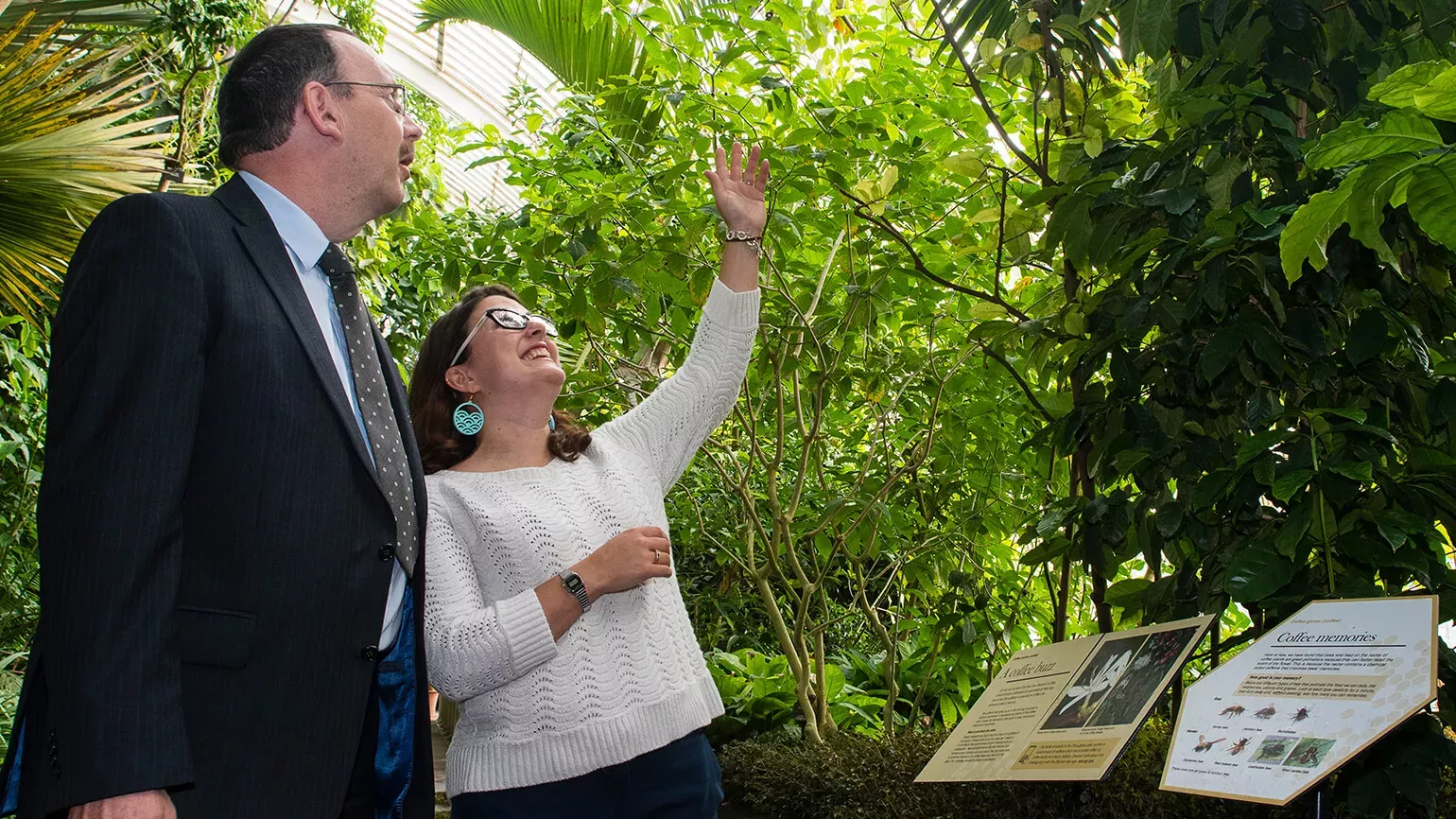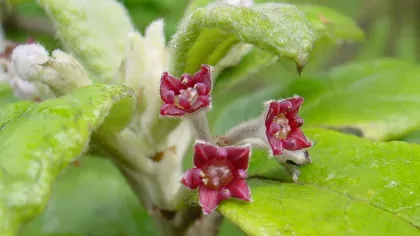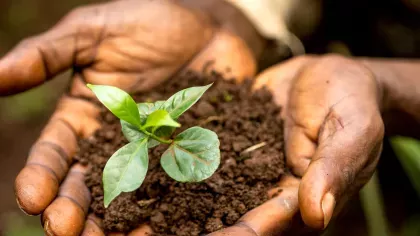25 March 2021
Assessing the extinction risk of plants at Kew and beyond
Sharing our knowledge and expertise with researchers worldwide is crucial if we want to halt global biodiversity loss.

Assessing the extinction risk of species is key to understanding the current status of Earth’s biodiversity and for informing conservation policies and actions.
The International Union for Conservation of Nature’s Red List of Threatened Species™ (IUCN Red List) is an assessment of the conservation status of plants, animals and fungi across the globe.
Red List assessments assign an extinction risk category to a species (ranging from Least Concern to Critically Endangered) according to whether it meets one or more of five different criteria, based on population size, population trends and geographical distribution.
So far there are over 134,000 species assessed on the Red List, of which 54,127 are plants.

How are Kew scientists and partners contributing to the IUCN Red List?
At Kew, as well as many scientists writing assessments as part of their research projects, for the past 4.5 years, our Plant Assessment Unit (PAU) is made up of a team of researchers dedicated to researching and writing assessments for publication on the IUCN Red List.
Though writing assessments is our day-to-day focus, another important part of our work is capacity building.
Sharing our knowledge and expertise with others across the world so that they can carry out their own assessments is vital to reaching our collective goals of protecting species and halting biodiversity loss.
The more assessors we have in the world, the more species that can be assessed, allowing better-informed conservation actions and policies to be put in place.
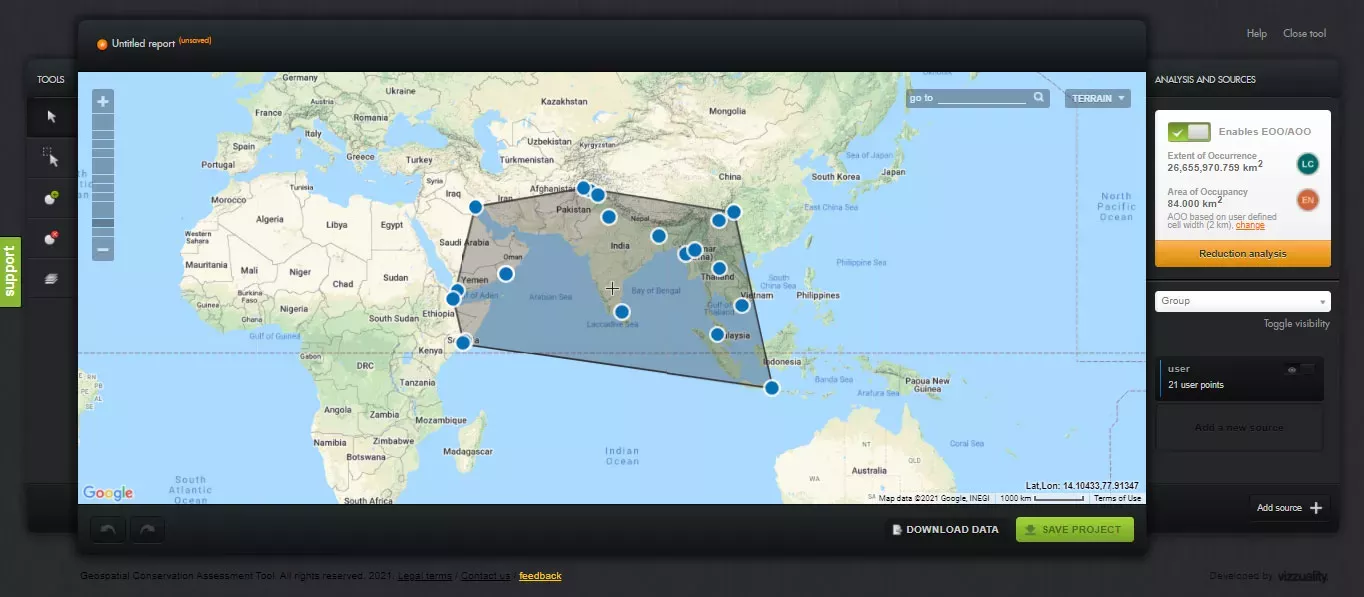
The PAU has already trained over 100 people from across six countries to write IUCN Red List assessments and we weren’t about to let a global pandemic stop us from training our partners.
In January of this year, we hosted our inaugural online training course for 21 participants from four different countries: Thailand, Bhutan, Indonesia and the UK.
The course looked in-depth at the application of the IUCN Red List Categories and Criteria, with group exercises and practice case studies along the way.
We also discussed georeferencing (assigning coordinates to herbarium specimens) and explored some of the key tools we use when conducting assessments, such as GeoCAT, Global Forest Watch and Google Earth.
Our participants represented a number of institutions: the National Biodiversity Centre of Bhutan; Bogor Herbarium (Indonesia Institute of Sciences); Chiang Mai University; National Biobank of Thailand and Bangkok Forest Herbarium, Department of National Parks.
All of these institutions are collaborating on the Threatened Biodiversity Hotspots programme or the Seasonal Forests of Wallacea project.
For many of the course participants, writing assessments will be an integral part of their work on these projects.
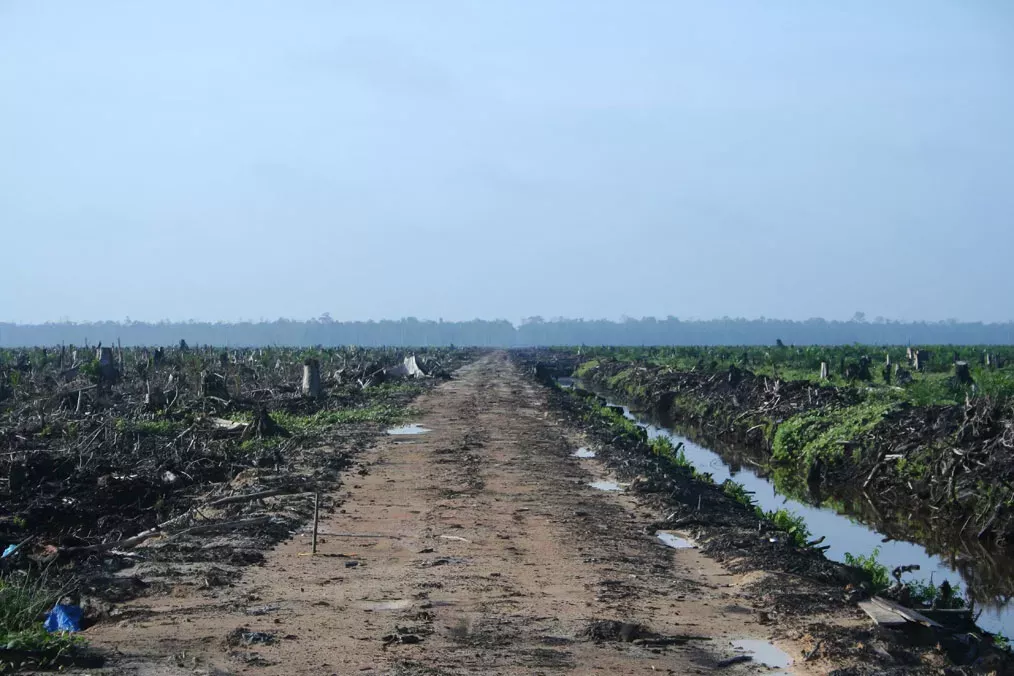
Halting biodiversity loss in south and southeast Asia
In Thailand, Bhutan and Indonesia, imminent action is required to halt the loss of plant diversity.
All three countries fall within biodiversity hotspots: areas that are home to 1,500 endemic plant species (not known from elsewhere) and that have lost at least 75% of their original vegetation.
Over the past year, the PAU has been assessing tree species endemic to Indonesia.
Many species are threatened by severe habitat loss and could be at a high risk of extinction; some are so rare and poorly known to science, that we risk losing them forever before we can fully document and understand them.
By establishing the extinction risk status of species, we can inform in-country conservation measures such as site protection or habitat restoration.
The work carried out by the newly trained assessors on their endemic flora will be a crucial step in achieving this.
Over the next few months forward, my colleagues and I will continue to work with, and provide support to, many of our partners as they begin assessing species for their projects.
Acknowledgments
Thanks to everyone involved, firstly our participants from National Biodiversity Centre of Bhutan; Bogor Herbarium (Indonesia Institute of Sciences); Chiang Mai University; National Biobank of Thailand; Bangkok Forest Herbarium, Department of National Parks. Secondly, to the other trainers involved on the course: Catiá Canteiro, Emma Williams and Jack Plummer, and also to the project coordinators Kate Hardwick and Liam Trethowan. Finally, special thanks to Hanna Oldfield who provided invaluable technical support throughout the workshop.

